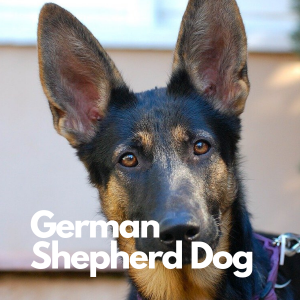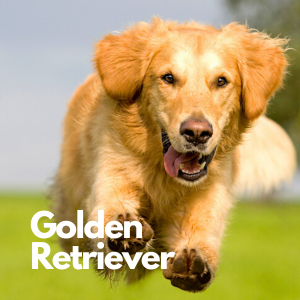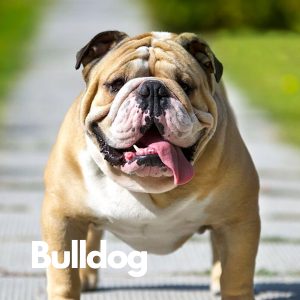
Working
110-130 lbs. (male);
100-120 lbs. (female)
25-27 in. (male);
24-26 in. (female)
7-10 years
1. Key Characteristics of Bullmastiffs
Bullmastiffs are large, strong, powerful dogs. They are intelligent and protective.
Their short coat comes in colors of red, fawn and brindle.
2. Where Bullmastiffs Came From
Evidence of Bullmastiffs dates to the 1700s, but these dogs are mostly known for their work in England around 1860.
Poachers would target large estates and game preserves. A dog was enlisted to ward off the poachers and, if needed, attack on command.
The dogs would actually pin down the poacher and hold them without causing great harm until the gamekeeper could arrive. They could run short distances quickly and quietly.
The dog was created by crossing Bulldogs (40%) and Mastiffs (60%). Dark brindle colors were desired for night work, and the dogs with this coat color were referred to as night dogs.
The American Kennel Club (AKC) added Bullmastiffs to its breed registry in 1933.

3. How Friendly Are Bullmastiffs?
In addition to the drooling and snoring, Bullmastiffs are intelligent, loyal, protective dogs who are eager to please. They are active, confident, alert yet affectionate, and tolerate children well.
They don’t bark much and can live comfortably in apartments with daily exercise.
Bullmastiffs are fine with other pets as long as they are properly socialized. They require obedience training with a leader who is firm but not harsh. Know that Bullmastiffs don’t do well in kennels.
4. Is This the Right Dog for You?
Exercise Needs
MEDIUM: While this is an active breed, the Bullmastiff can get sufficient exercise with daily walks. As long as you provide regular walks, the breed can do well in an apartment.
Bullmastiffs can gain weight easily, so monitor the food intake for these dogs.
Grooming Needs
MEDIUM: Shedding and grooming is minimal for this breed. Weekly brushing is sufficient, and you can give baths as necessary.
Check the paws regularly and trim the hair between the toes. Provide regular teeth brushing, nail clipping and ear cleaning.
Health Problems
MEDIUM: These are some of the health issues seen in the Bullmastiff breed:
- Cancer
- Hip dysplasia
- Eye problems (eyelid, retinal atrophy)
- Boils on the mouth or lips
- Bloat
- Mast cell tumors
- Gains weight easily
More Stats About Bullmastiffs
| Friendliness | ★★★★☆ |
| Ease of Training | ★★★☆☆ |
| Barking/Howling | ★★★★☆ |
| Shedding | ★☆☆☆☆ |
| Tolerate Being Alone | ★★☆☆☆ |
| Very Good With Kids | ★★★★☆ |
This Bullmastiff is incredibly excited in this video:

5. How to Adopt a Bullmastiff
Purebred dogs end up in shelters and rescues every day. Start your search here for an adoptable Bullmastiff, or contact a local rescue.
If you decide to buy rather than adopt, please don’t buy from a breeder unless you are confident they’re not running a puppy mill operation.
References
- “Bullmastiff.” American Kennel Club. https://www.akc.org/dog-breeds/bullmastiff/.
- “History of the Breed.” American Bullmastiff Association. https://bullmastiff.us/about-the-breed/history-of-the-breed/.
- Beans, Carol, and Tracy Ferrick. “Getting to know the Bullmastiff.” American Bullmastiff Association. https://bullmastiff.us/about-the-breed/getting-to-know-the-bullmastiff/.
- “The Illustrated Standard of the Bullmastiff.” American Bullmastiff Association. 1992. https://bullmastiff.us/about-the-breed/the-illustrated-standard/.
- Cusick, William D. Canine Nutrition & Choosing the Best Food for Your Breed of Dog. Adele Publications. 1990. 83. https://www.google.com/books/edition/Canine_nutrition_choosing_the_best_food/XypWAAAAYAAJ?hl=en&gbpv=0.
- Clark, Ross D., DVM. Medical, Genetic & Behavioral Risk Factors of Bullmastiffs. Xlibris. 2014.








